Flat or clipless. What is the best pedal for commuting?
Commuting is about comfort and efficiency. Should you be on flats or riding clipless pedals?
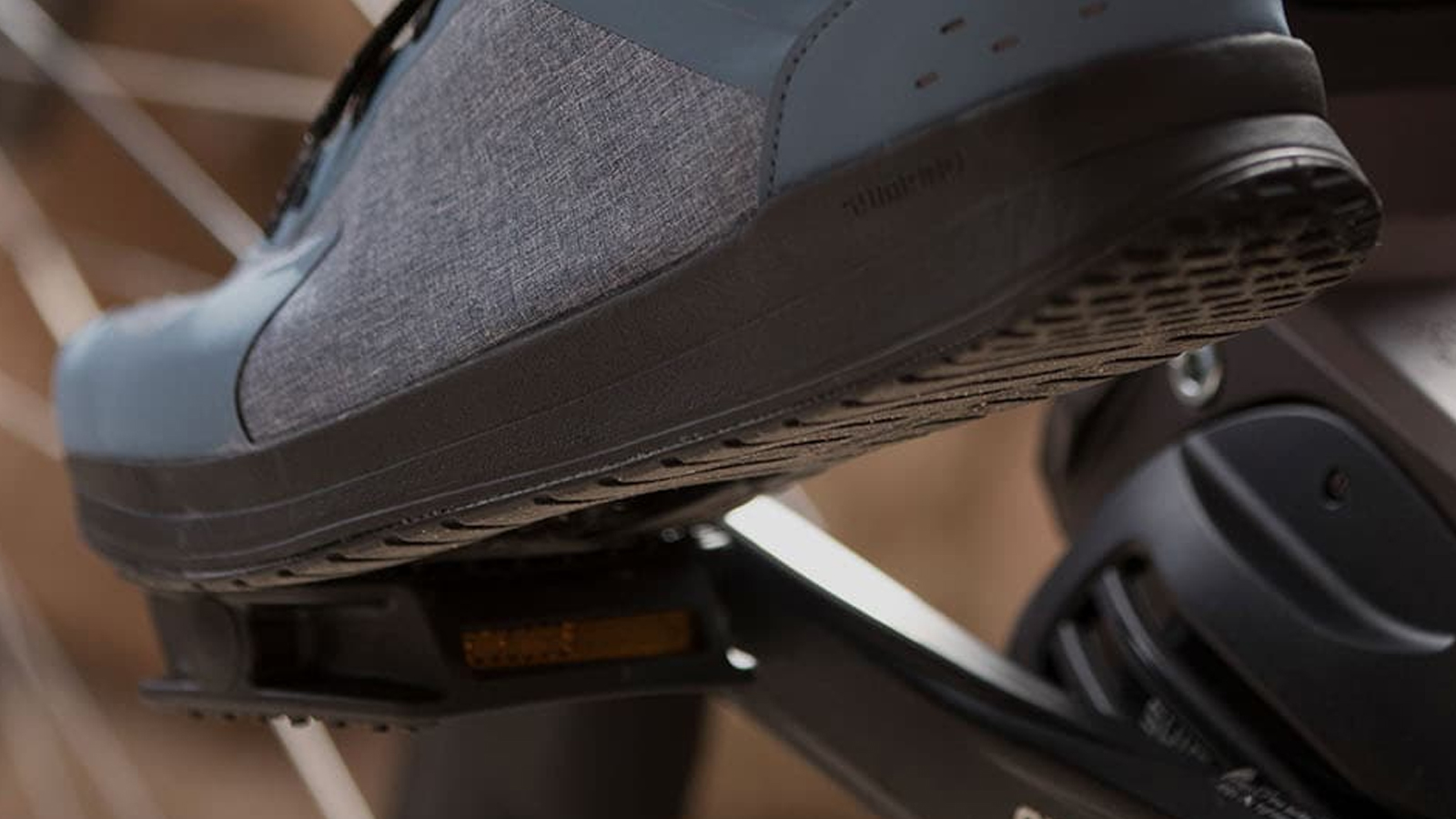
The golden age of bicycle commuting is upon us. As lockdown restrictions ease, fewer cars exist on the road and governments promise better bicycle transport integration, there has never been a better time to make most of your journeys by bicycle.
One component which is common across all bikes, and can affect the ride of even the best commuter bikes, is pedals. Whether you are rolling about town on a steel-framed fixie or using one of the latest e-bike commuters, pedal choice is every bit as important as it would be on a carbon-fibre road racing frame.
What are the differences?

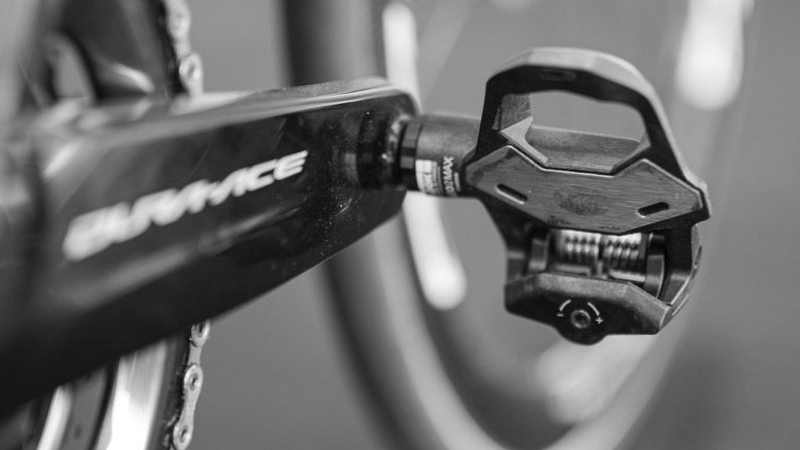
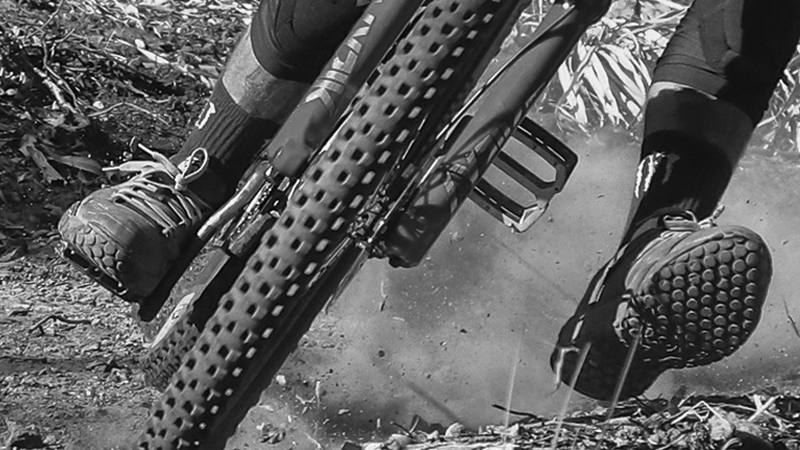
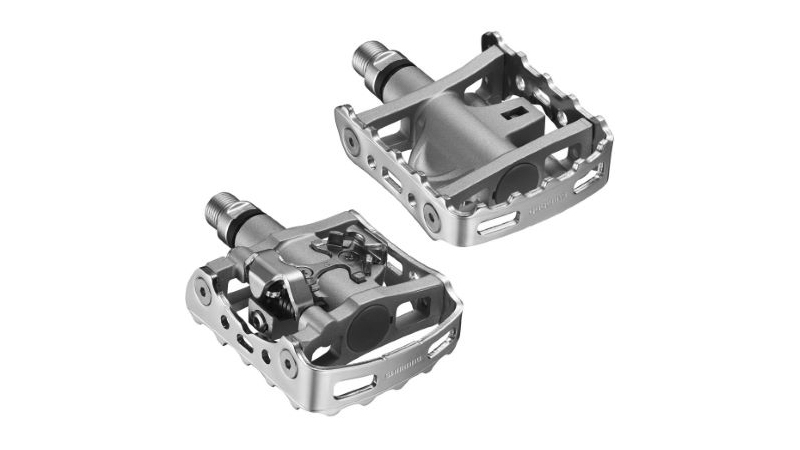

Quite the oxymoron, clipless pedals are those into which you clip your feet. The name is an adaptation of the old toe clip pedals found on racing bikes of old. With innovation came the removal of the up-and-over toe clip, and thus the clipless pedal was born.
Clipless pedals use a sprung mechanism which enables a cleat - which fits to your shoe - to be affixed to the pedal. To unclip, one is required to twist their foot (usually heel away from the bike), which will release the cleat, and thus, your foot.
Flat pedals are more literal in their name, comprising a flat platform onto which almost any shoe can interface. Basic flat pedals feature a steel spindle with a plastic platform, while some use aluminium or steel for a sturdier platform and increased durability.
All pedals - besides a few quirky flash-in-the-pan attempts at redesigning the wheel - use the same thread pattern, which essentially means any pedal will fit any bike.
However, it's important to note that the left and right pedal are always different and can never be interchanged. This isn't immediately obvious on flat platform pedals, but while the right pedal uses a standard clockwise thread, the left pedal will use an anti-clockwise thread, which prevents it from undoing itself as you pedal along.
The latest race content, interviews, features, reviews and expert buying guides, direct to your inbox!
They will usually be marked with an L and an R.
Which is best for commuting?
Best road bike pedals
Bike deals: The best back-to-work offers for avoiding public transport
Best bike locks: Keep your bike safe with our pick of the best locks
Best cycling backpacks: Our pick of the best rucksacks for your commute
The pedal choices are seemingly simple: flat or clipless. But which is best for your commute? That depends on the bike you will be riding, the distances involved, your footwear preferences and to a degree, personal fitness threshold.
Riders who have built dedicated lightweight commuters, purposed to travel significant distances each day, will have different pedal needs to someone who is using one of our best folding bikes with a train journey in the middle.
Weather conditions, fitness and riding skill will also guide your pedal choice. Clipless pedals can make novice riders anxious, best not to risk learning to clip and unclip in busy traffic. If you are unsure, ride flats.
Experienced riders who might be at the mercy of longer routes can benefit from the efficiency of being clipped-in, especially with having your foot in a fixed position to ensure most effective biomechanics. Those who are in stop-start city streets might be better served without having to clip in and out at every stoplight.
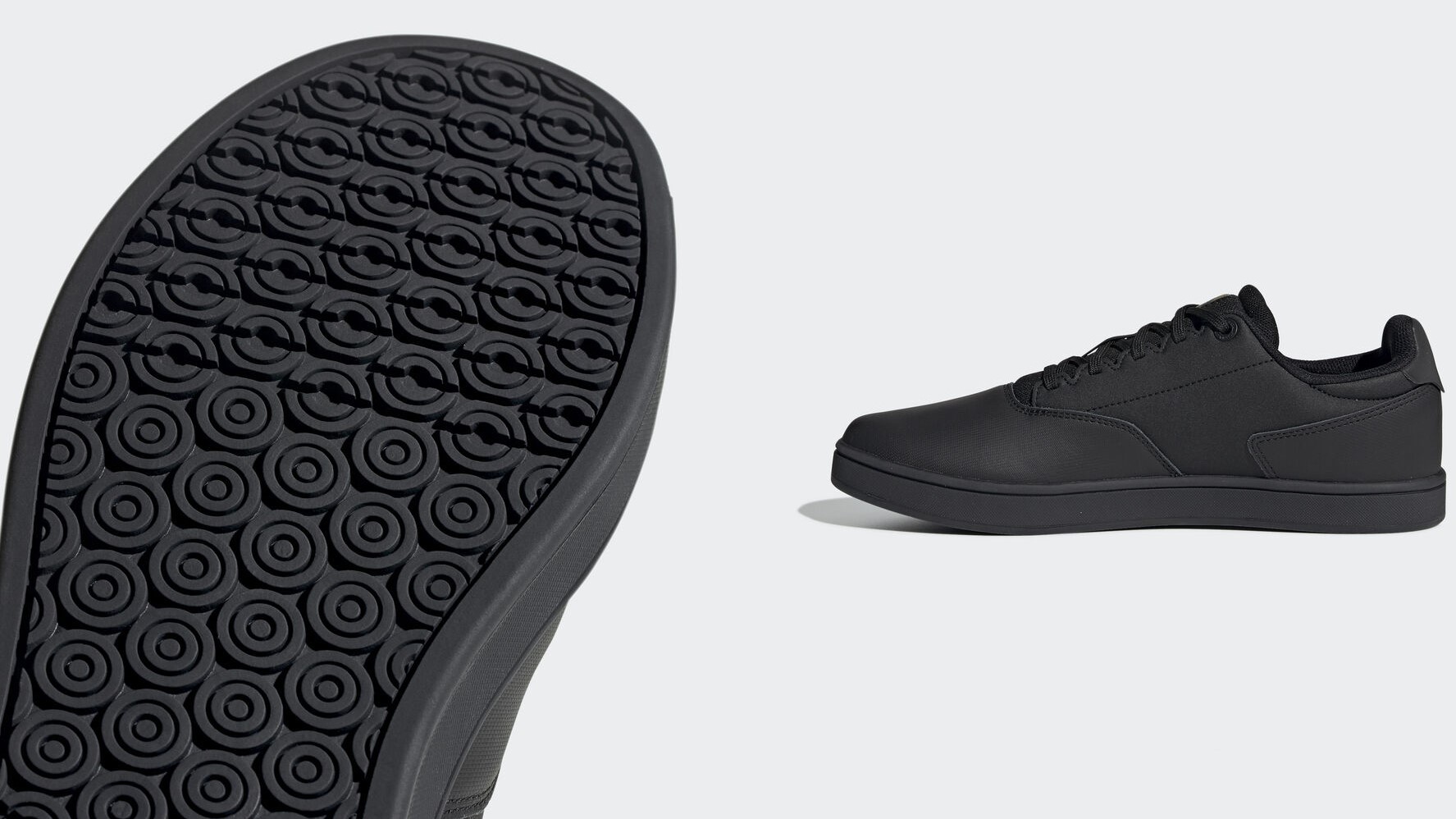
Flat pedals: The pros and cons
While clipless has taken over in competition, flat pedals are still in popular demand with the mountain biking fraternity. Advances in platform shape, materials and durability are still in development and mountain bike pedals have become extremely refined. If you are keen on riding your commuter with flat pedals, what is there to be learned from mountain bikers about making the best possible choice?
The answer is simple: shoes. Mountain bikers have long considered the pedal and shoe to be a singular system. As a commuter, you might not wish to be wheelieing your way to work, dropping steps and going foot-out-flat-out, but your foot slipping off your pedal is definitely annoying, probably painful, and possibly worse.
Having your shoes slip off a flat pedal, especially in rainy conditions, can have consequences which vary between momentary pain and severe injury. A shin strike can be wincing, but when travelling at speed among traffic, a slipped pedal could trigger an even worse crash.
- Best folding bikes: Our pick of the best folding bikes for urban riding
- Best touring bikes for commuting, bikepacking or travelling by bike
Applying the same logic to your commuting pedal choice means you need appropriately patterned rubber soles to bind with the pins or rubber studs of a flat pedal. Shoes complete the look for many and there is no reason why you should sacrifice the balance of a tailored appearance, for having a safe flat pedal commute.
There is plenty of choice in stylish flat pedal riding shoes, all with quality rubber soles that will create a secure contact point with your choice of flat pedals. You can now confidently step on a set of pedals with ergonomically tailored casual riding shoes which won’t painfully slip a pedal – or embarrass you when sauntering into the local store or the office.
Flat pedals are also the obvious choice for e-bike commuters, where battery-assistance negates any need for clipped-in pedalling efficiency. Inexperienced riders who are starting their e-bike journey will feel a great deal more confident on flat pedals, to familiarise themselves with the synchronicity of their own cadence and a battery-powered hub motor helping them along.
For riders in city streets, where stopping and starting is the norm, the time spent trying to clip into clipless pedals (not to mention the risks of failing to unclip) could quickly outweigh the benefits of increased pedalling efficiency. Flat pedals are faster in that initial start because there's no need to 'find the pedal'.
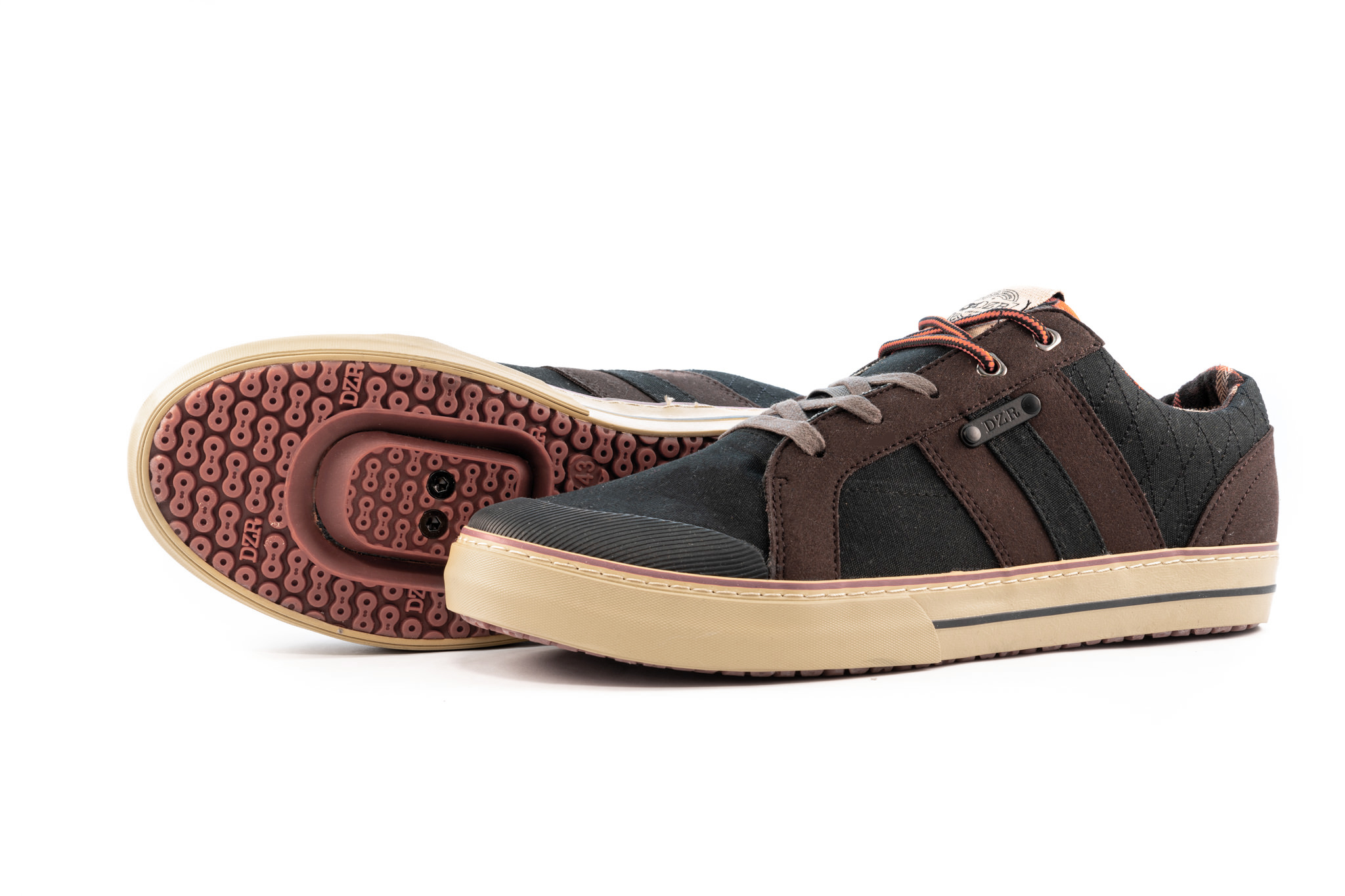
The case for clipless
Considering on-the-bike application alone, clipless pedals are a superior choice. Designed for cycling, the clipless pedal is more efficient at power delivery, it negates the possibility of slipping a pedal, and offers greater comfort due to optimising the interface position between foot and pedal.
For rides who are not going to be using electric bikes and wish to convert their pedalling power to obsessively efficient propulsion, there is no arguing against clipless pedals. Yes, there is the risk of not being able to unclip swiftly enough at low speeds, but with practice and some loosening of the pedals' tension screws, this issue is easily resolved.
As with flat pedal riding shoes and the question of appearance, there are some wonderfully fashionable clipless options available. It is entirely possible to have the efficiency of a clipless pedal's power transfer, without the awkwardness of arriving at a meeting or social occasion in shoes which look like they should be in a Grand Tour pro peloton.
For those who want to commute in all weathers, there's every chance you'll have a change of clothes - or at least shoes - at work. Offices are becoming more and more accommodating to cycle commuters by installing showers and locker rooms, however, the simple addition of spare shoes under your desk could open you up to clipless shoes, and perhaps more importantly, the best winter cycling shoes.
The final word
Ultimately, the question of clipless or flat pedals does not have a one-size fits all answer. If you're confident using clipless pedals in traffic, then as far as pedalling efficiency is concerned, clipless will be the better option. The downfall will be whether or not it means carrying spare shoes for the journey, which can be bulky.
Flat pedals can negate the requirement for spare shoes, but pedalling efficiency will suffer, and if you're an all-weather commuter, then wearing wet shoes throughout a working day will be far from pleasant.
Two-in-one pedals, such as Shimano's M324, enable you to choose on the day, depending on weather, distance and logistics of your day ahead.
Lance Branquinho is a Namibian born media professional, with 15-years of experience in technology and engineering journalism covering anything with wheels. Being from Namibia, he knows a good gravel road when he sees one, and he has raced some of Africa’s best-known mountain bike stage races, such as Wines2Wales and Berg&Bush.
